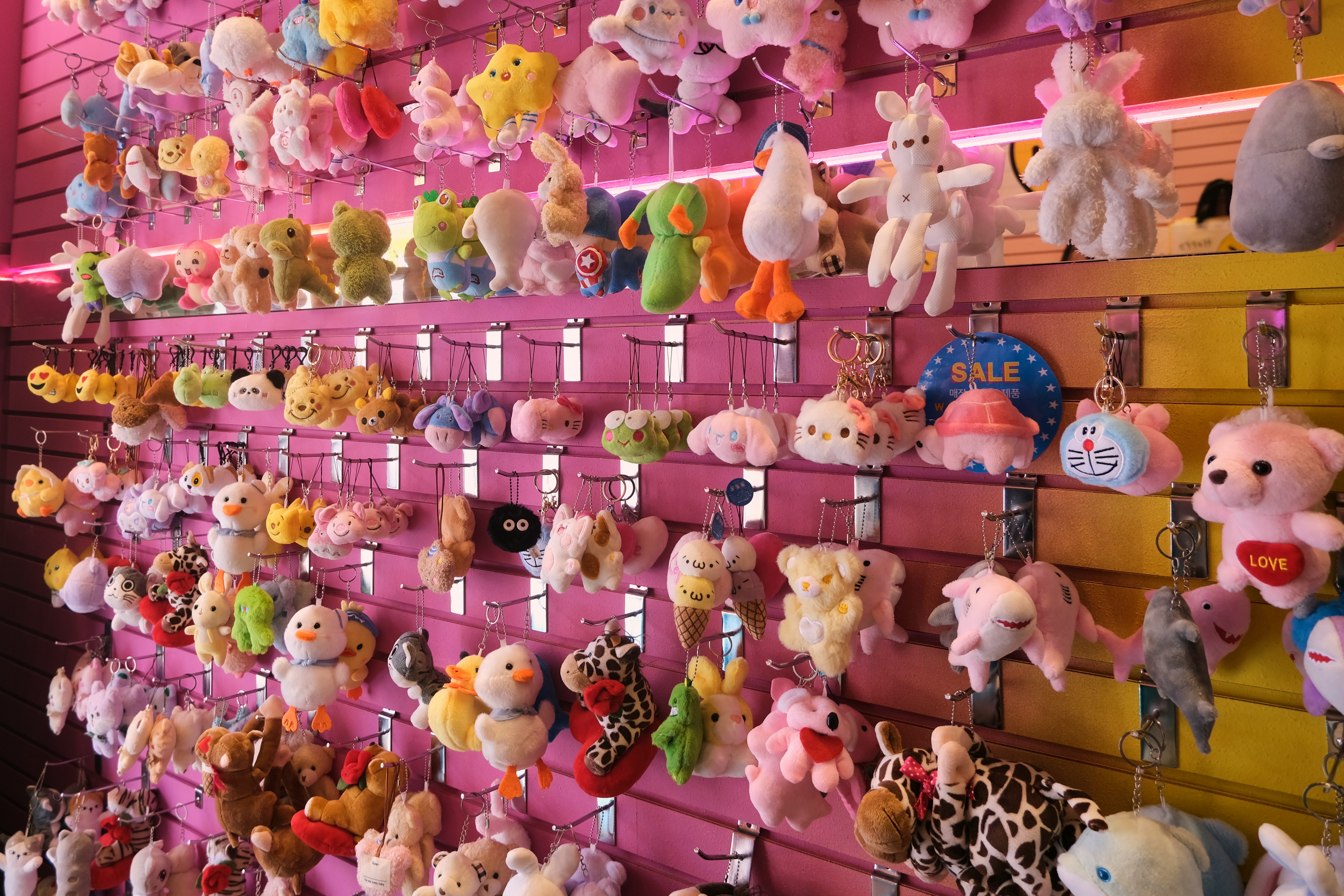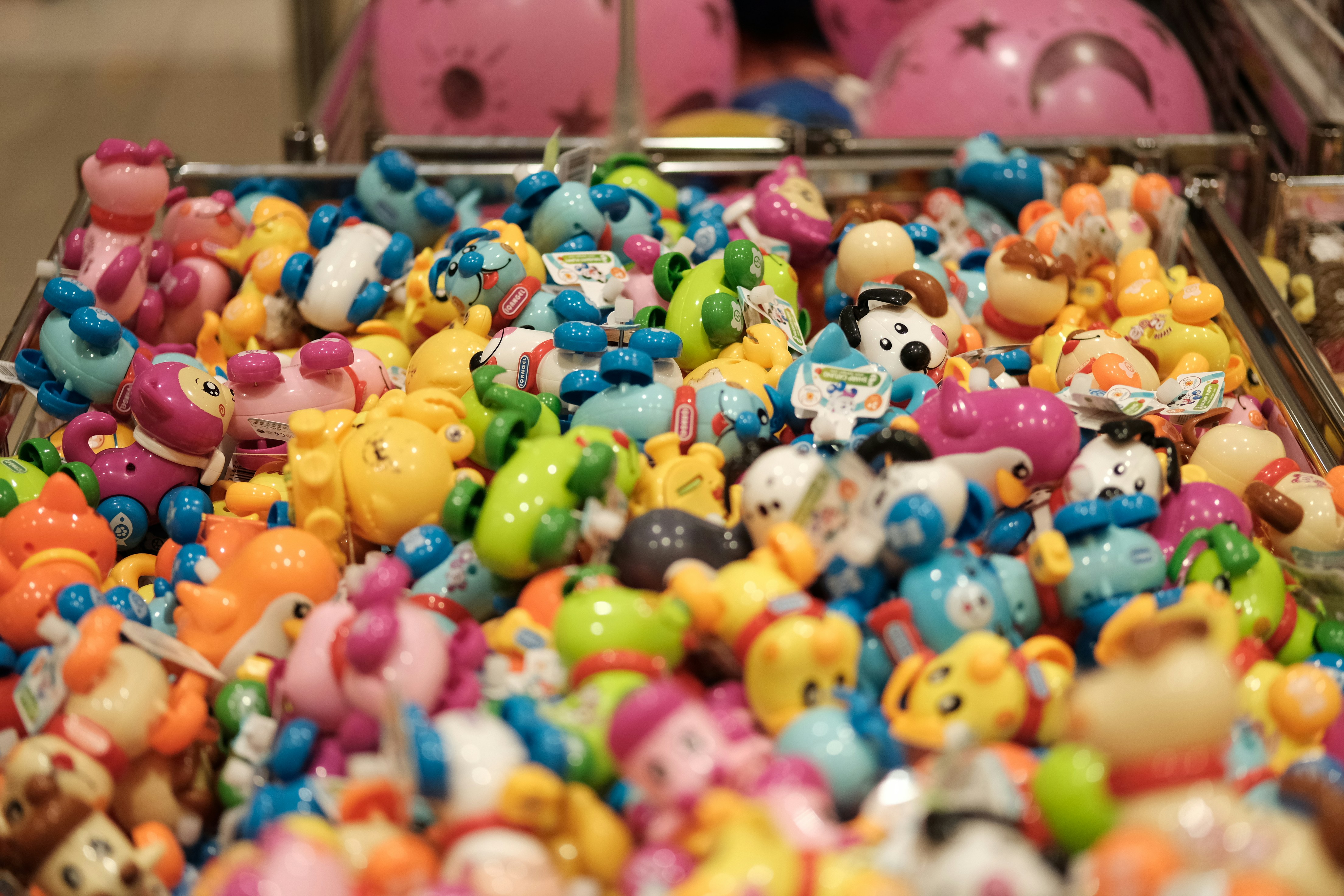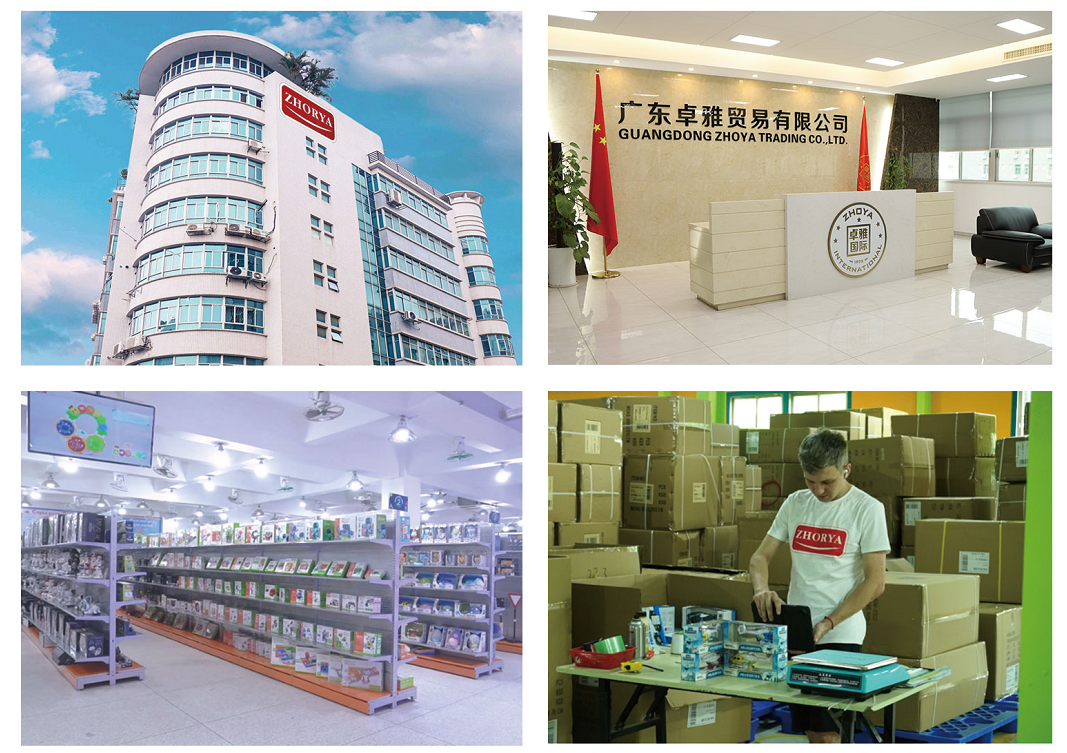Login
Join Free
How the Low-Ticket Toy Strategy Helps Toy Retailers Win Big
In an increasingly competitive toy market, many retailers are discovering that big profits don't always require big price tags. While high-ticket items like advanced drones or premium RC cars certainly bring in revenue, savvy toy retailers are also embracing a strategy that leverages the appeal of low-ticket toys—small, affordable items that offer high turnover, impulse appeal, and steady margins.
In this blog, we'll explore why the low-ticket toy strategy is becoming essential for toy retailers, how to choose the right low-cost toys, and how this model works in both brick-and-mortar and online environments. If you're a toy wholesaler, distributor, or retailer, read on to learn how small toys can deliver big returns.
What Are Low-Ticket Toys?
Low-ticket toys are products priced at the lower end of the price spectrum, often under $20 retail. They include simple puzzles, mini figurines, pull-back cars, fidget toys, small plush toys, glow-in-the-dark gadgets, squishy toys, and more. These toys might not have complex features or electronics, but their affordability, collectibility, and gift potential make them highly appealing to parents, kids, and impulse buyers.

Why the Low-Ticket Strategy Works
Let's break down the reasons why this strategy makes sense, especially for retailers looking to increase foot traffic, average cart size, and customer retention:
1. Impulse Purchase Goldmine
Low-ticket toys are classic impulse purchases. They require little deliberation, making them ideal for checkout counters, endcaps, or promotional emails. A parent grabbing batteries might toss a $2 wind-up animal into the basket for their child. Multiply that by hundreds of customers per week, and you have a quiet revenue driver.
2. High Volume, Quick Turnover
Because these toys are priced low, they sell quickly. This creates a faster inventory turnover, reducing the risk of dead stock and making space for fresh items. Quick turnover also means more chances to update your display and keep the customer experience dynamic.
3. Accessible Price Point for Every Budget
Not every shopper is ready to spend $100+ on a toy. Low-ticket options allow you to engage price-sensitive customers, parents on a budget, or those shopping for party favors or small gifts. It's a low-risk entry point that often leads to repeat visits.
4. Increased Average Order Value
When presented well, these toys serve as add-on sales to larger purchases. Whether in-store or online, suggesting a small toy at checkout can subtly increase the average transaction value without seeming pushy.
5. Perfect for Promotions
Low-ticket toys are ideal for buy-one-get-one deals, bundled gift packs, or loyalty rewards. Their affordability allows you to get creative with marketing strategies that wouldn't be feasible with higher-priced stock.

Practical Examples of Low-Cost Toy Categories
Here are several toy categories that can thrive in the under-$20 space:
| Toy Type | Price Range | Strategy |
|---|---|---|
| Fidget Toys | $1 - $5 | Bundle 5 for $10 |
| Mini Vehicles | $2 - $6 | 3 for $12 offer |
| DIY Slime Kits | $3 - $7 | Eco-friendly packaging |
| Wind-Up Toys | $2 - $4 | “Retro Classics” display |
| Pocket-Sized Puzzles | $4 - $10 | Challenge themes |
| Mini Dolls or Animals | $1 - $3 | Collectible series |
| Sticker Books | $2 - $5 | Back-to-school tie-in |
These products are easy to rotate seasonally, display in bins or themed shelves, and bundle into higher-volume sales.
Display and Merchandising Strategies
Here's how to get the most out of your low-ticket inventory:
🛒 In-Store Tactics:
-
Front-of-store bins: Create themed bins with $1–$5 price tags.
-
Counter displays: Place small toys near POS for last-minute grabs.
-
Rotating deals: Refresh selections weekly to spark return visits.
💻 Online Store Tactics:
-
"Add to Cart" Suggestions: Show low-ticket toys on cart or checkout page.
-
Bundles and Mix Packs: Group items for holidays, birthdays, or party sets.
-
Flash Sales: Run time-limited deals on specific low-ticket SKUs.
These merchandising tips not only boost visibility but also stimulate discovery, increasing both sales and customer satisfaction.

How to Source the Best Low-Ticket Toys
Finding reliable low-ticket toys isn't just about looking for the cheapest price — it's about identifying the right balance between cost, appeal, quality, and logistics efficiency. Here are the key sourcing principles that experienced toy retailers use to build a successful low-ticket assortment:
1. Start by focusing on fast-moving categories like mini fidget toys, low-cost vehicles, blind boxes, collectible figures, and seasonal impulse toys. These toys are small in size but drive consistent sales in both retail and online stores.
2. Choose suppliers that offer low minimum order quantities (MOQs) so you can test new SKUs without high upfront risk. Make sure they provide clear product photos, accurate size/material details, and are willing to share safety certifications like EN71 or ASTM—this is key for compliance and customer trust.
3. Shipping and shelf space can eat into your margins. Look for toys that are compact, lightweight, and shelf-ready. Efficient packaging can reduce freight costs, increase warehouse utilization, and allow for easier in-store presentation.
Why Zhorya Is Your Ideal Partner for Low-Ticket Toys
With the above sourcing tips in mind, it's easier to avoid common pitfalls—such as overpaying for poor-quality toys or ordering items that don't meet regulations—and instead, build a reliable and profitable low-ticket toy collection.
At Zhorya, we make sourcing low-ticket toys simple and strategic. We offer:
✅ Low MOQs for testing and flexibility
✅ Millions of SKUs including trending and evergreen toys
✅ Full compliance with international toy safety standards
✅ Efficient packaging optimized for freight and display
✅ Fast response, export experience, and transparent communication
Whether you're buying for retail stores, e-commerce bundles, event giveaways, or promotional campaigns, Zhorya is a trusted partner for businesses who want quality low-ticket toys at wholesale pricing.
👉 Explore our wholesale toy collection at www.zhorya.com and get in touch to start sourcing smarter today.

Final Thoughts: Small Prices, Big Impact
In today's fast-paced toy market, low-ticket items offer a smart, sustainable way to drive consistent profits without high upfront investment. By choosing the right products, presenting them strategically, and partnering with experienced suppliers like Zhorya, retailers can tap into steady sales, impulse buys, and customer loyalty. Small toys may come with a small price tag—but when executed well, they deliver big business results.

 Русский язык
Русский язык 中文
中文